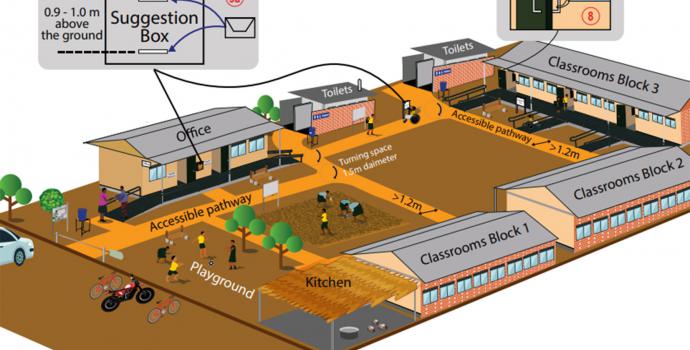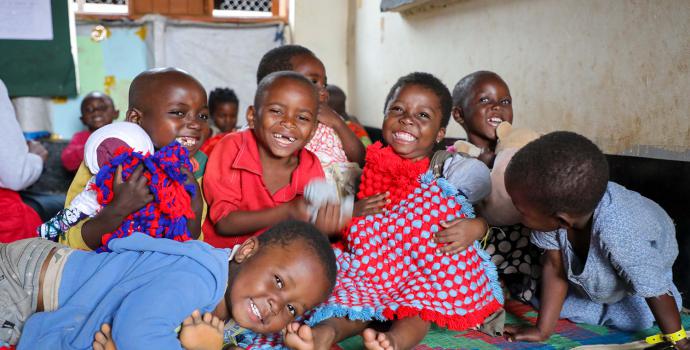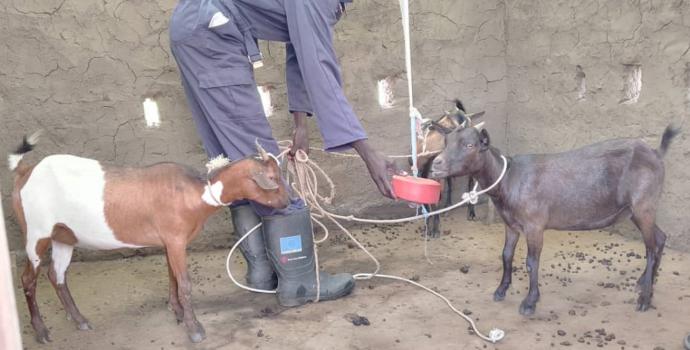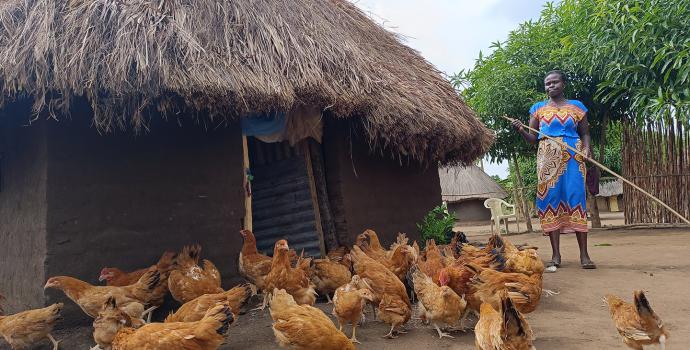In Karamoja, north-eastern Uganda, children are following their siblings to school to flee the pangs of hunger.
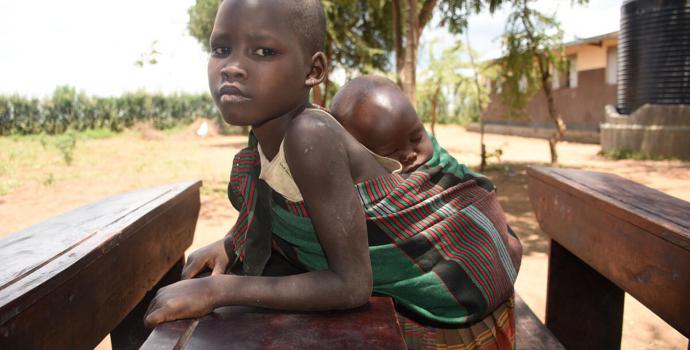
Natalina, 10, carries her 2-year-old sister, Anna, on her back while at her community school in the Karamoja region, North Eastern Uganda.
Oh, my teacher, make that animal noise again
I want to hear, it is so funny
Teach me to roar like a lion
Students learning under a tree in Karamoja, a region in north-eastern Uganda, where more than 40% of people are now going hungry and experiencing high levels of food insecurity, chorus on top of their voices. It is difficult to tell what class year it is, as the children are of varying ages.
“With families experiencing so much hunger, children now come to school with their young siblings,” explains Emmanuel Lotuke, a teacher at a Primary School in Moroto, one of the nine districts of Karamoja with the highest levels of hunger. Kotido, Moroto and Kaabong districts together account for almost 55 percent of children under five who need malnutrition treatment in the region.
This year, Karamoja’s rainy season, between March and July, was likely the driest on record since 1981, with this harsh drought decimating crops and livestock and causing water shortages. Families in the predominantly pastoralist community are struggling to find food, pasture and water. High food prices, compounded by the Ukrainian war, seasonal pests and diseases, have made this year particularly difficult.
“The fact that families are sending their pre-school children to class with their siblings just so they can eat is a major cause for concern. We know that in some schools, there are up to 200 siblings tagging along to get a meal.”
“We’re doing what we can with the little resources available, but more needs to be done, especially now that schools have broken up and children have been sent home for the August holidays with no food.” Save the Children’s Country Director in Uganda, Strinic Dragana said:
Over 9000 children under five are suffering from acute malnutrition. Sending young children to school with their siblings is the only way many families can at least ensure that all their children have a meal.
“We do not have the resources to increase the amount of food,” Mr Lotuke says. “But we cannot turn away these young children back home to starve and possibly die. We know that without enough food in their stomachs, the children cannot concentrate. But what can we do?”
Before this year’s hunger crisis, ten-year-old Natalina only had to bring along one of her two sisters. She would bring along the older one, four-year-old Marita. Her family could afford to have at least one meal a day and stay home with Anna, the youngest, who is two.
“But suddenly there was nothing to eat, and it never got better. Sometimes at home, we boil sorghum or eat adaka, residue from locally brewed alcohol. I must bring both Marita and Anna to school. Anna can’t walk, so I have to carry her on my back,” Natalina says. Like many other pupils around her, she is trying to rock the child and stop her from whimpering. Hunger pangs increase as lunchtime draws closer. Children lie on the grass and hold on to their plates. “When I’m extremely hungry, I feel very bad because the food might not be enough for us all. But at least there is something to share with my siblings at school. At home, there is nothing."
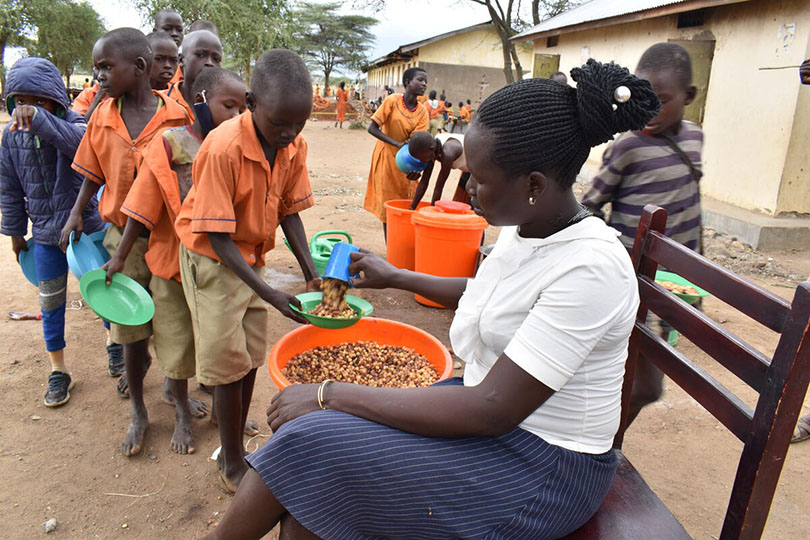
Learners being served lunch by teachers at a school in the Karamoja region of North Eastern Uganda.
Save the Children has, like several other NGOs, stepped in to support. SCI Uganda supports over 40 primary schools with cash food and seed inputs and also works with the community health structures to identify extremely malnourished individuals who receive UGX 150,000 (About USD 40) every month to buy food.
“When families do not have food and younger children follow their siblings to school, it not only reduces concentration but also gives older siblings added burden of caring for children instead of studying,” Mr Lotuke explains, adding that, without urgent support, the pressure might force children who come to school with siblings to drop out. “With the money from Save the Children, at least some schools are able to buy food and ensure the children who come to school have one meal a day.”
Dragana said Karamoja reflects a bigger global crisis. “The next generation is bearing the brunt of a global hunger crisis and climate emergency that it did not contribute to. We’re calling on the government and the international community to make more funds available to support families and children suffering from this hunger crisis in northern Uganda.”
With schools set to open this September, there is a need for all actors to work together to find long-term sustainable solutions to fight hunger and help children realize their full potential.
Find the press release on the hunger crisis here
More content on the crisis here
